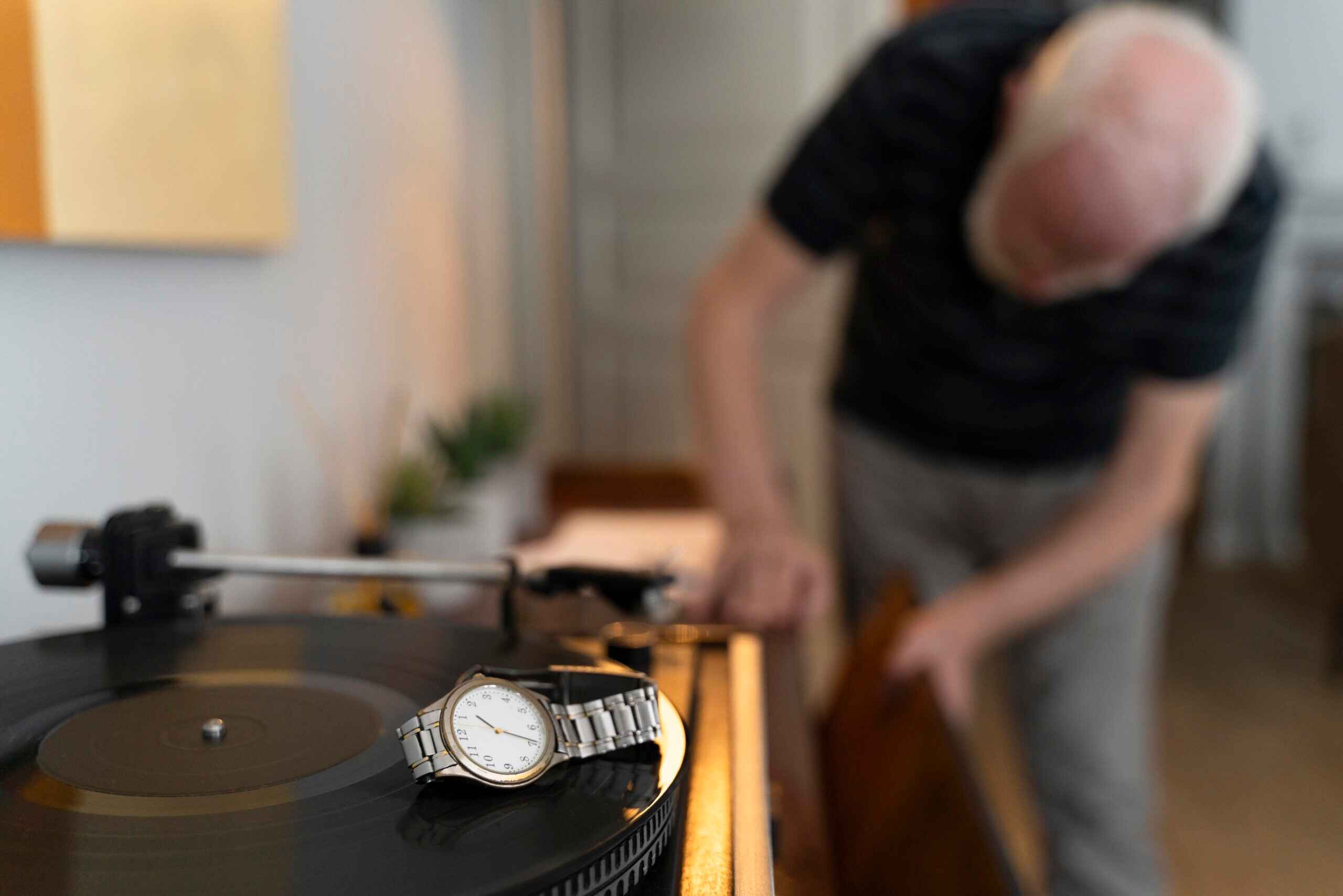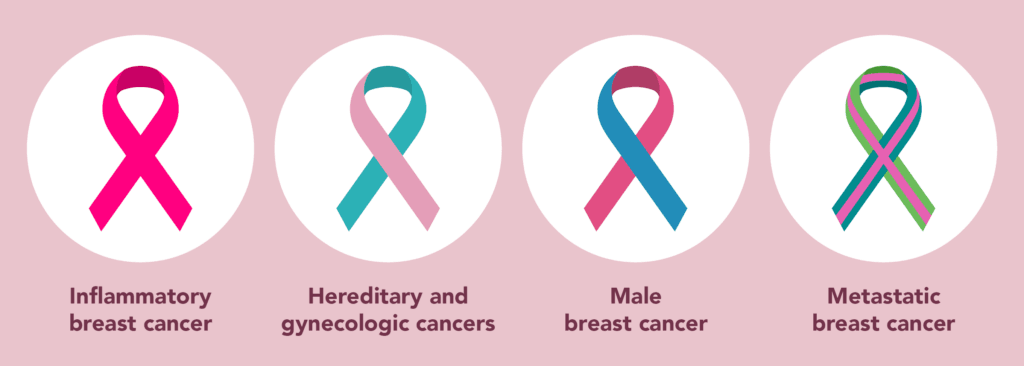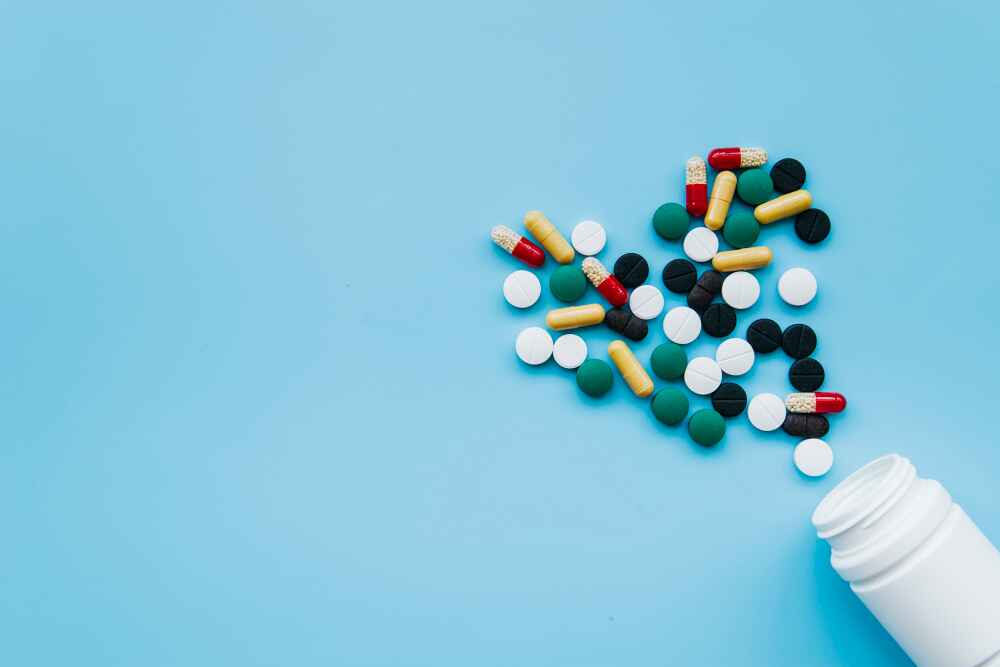Fundamental Guide to Recognizing Stroke Symptoms
A stroke, also known as a brain attack, is a serious medical emergency when blood flow to part of the brain gets blocked, causing brain cells to die because they don’t get enough oxygen and glucose. Acting fast is really important to prevent lasting brain damage and death.
When a stroke happens, it messes up the balance in the brain, causing a chain reaction that can have big consequences. When blood flow is cut off, brain cells don’t get the nutrients and oxygen they need, and things go downhill fast if it’s not dealt with quickly.
Recognizing stroke symptoms right away and acting fast can make a huge difference in how well someone recovers. The longer it takes to get help, the more damage can happen, and the harder it can be to recover fully.
Besides the immediate impact, strokes can change a person’s life a lot, often needing a lot of time and help to get better. Strokes don’t just affect the person who has one; they also affect their family and friends, and it can be tough on everyone.
So, it’s really important to spread the word about how to prevent, recognize, and deal with strokes. Giving people the knowledge they need about risk factors, lifestyle changes, and the importance of getting help quickly can help lower the chances of strokes happening and make them less severe when they do.
In short, treating strokes like the serious emergencies they are and making sure there’s plenty of support for preventing, treating, and recovering from them is crucial for keeping people healthy and safe.
Understanding Stroke Types
There are two primary types of strokes:
1. Ischemic Strokes:
Ischemic strokes occur when blood clots block brain blood vessels, depriving cells of oxygen. They represent approximately 80% of all strokes and require immediate treatment.
- Imagine your brain is like a busy city, and blood vessels are the roads carrying essential supplies (like oxygen and nutrients) to different parts of the city.
- Sometimes, a clot forms and blocks one of these blood vessels. It’s like a big traffic jam on the road, stopping the supplies from reaching where they’re needed.
- When this happens in the brain, it’s called an ischemic stroke. Brain cells in the area deprived of oxygen start to suffer and can even die.
- These strokes are very common, accounting for about 80% of all strokes.
- Because brain cells start dying without oxygen, immediate treatment is necessary to try and clear the clot and restore blood flow. This could involve medication or procedures to remove the clot.
2. Hemorrhagic Strokes:
Hemorrhagic strokes result from ruptured brain blood vessels, causing blood to leak into brain tissue, often leading to severe consequences.
- Picture the blood vessels in your brain like pipes carrying water. Sometimes, one of these pipes bursts, and water spills out where it shouldn’t.
- In the brain, if a blood vessel bursts, blood leaks out into the brain tissue, creating a mess and damaging the surrounding area.
- This is what happens in a hemorrhagic stroke. Instead of a clot blocking the blood vessel, the vessel itself breaks open.
- Hemorrhagic strokes are less common than ischemic strokes, but they can be very serious because the leaked blood can put pressure on the brain and cause further damage.
- The consequences of a hemorrhagic stroke can be severe, and immediate medical attention is crucial to stop the bleeding and minimize damage to the brain.
In summary, both types of strokes disrupt the normal flow of blood and oxygen to the brain, but they happen in different ways and require different approaches for treatment.
Recognizing Stroke Symptoms
Recognizing the signs of a stroke is crucial for prompt medical intervention. Common symptoms include:
- Weakness or numbness on one side of the body
- Vision loss in one or both eyes
- Difficulty speaking or understanding speech
- Sudden, severe headaches
- Loss of balance or coordination
Strokes can affect both men and women, but there are some differences in how strokes manifest and impact each gender:
Aspect | Stroke in Men | Stroke in Women |
Age and Risk Factors | Men tend to have strokes at a younger age. | Women have a higher lifetime risk due to hormonal factors. |
Symptoms | Symptoms may include sudden weakness, vision loss, and more typical signs. | Women may experience atypical symptoms like face and limb pain, nausea, and hiccups. |
Stroke Types | More prone to strokes related to high blood pressure and heart disease. | More likely to have strokes due to blood clotting disorders associated with pregnancy and birth control pills. |
Recovery and Rehabilitation | May have different recovery outcomes compared to women. | Women may have better recovery outcomes on average. |
Hormonal Influence | Hormonal differences may influence stroke risk and recovery. | Estrogen may have a protective effect in premenopausal women. |
Treatment Response | Response to treatments like medications and therapies may vary. | Response to certain medications or therapies may differ. |
Understanding these differences is important in tailoring stroke prevention strategies, recognizing symptoms promptly, and providing appropriate treatment and support for both men and women affected by stroke.
Men’s Health: Understanding the Impact of Stroke
Strokes rank as the fifth leading cause of death in men and the third in women. Despite this, many men struggle to recognize stroke symptoms, emphasizing the importance of awareness and prevention strategies.
Why Care About Strokes?
Strokes pose a significant risk, particularly for middle-aged men. While they are more prevalent in men over 65, strokes can affect individuals of any age and are more fatal in men than in women. The consequences of a stroke can be devastating, leading to death or leaving survivors with debilitating conditions such as paralysis or communication difficulties.
Treatment and Recovery
Treatment for ischemic strokes may involve clot-busting medications, while hemorrhagic strokes may require monitoring and, in some cases, surgery. Recovery from a stroke can be gradual, and ongoing treatment may be necessary to prevent future occurrences.
Leading causes for Stroke in Men
Men can face strokes in their lives due to various factors and circumstances. Here are some ways men can be susceptible to strokes:
High Blood Pressure (Hypertension):
Elevated blood pressure is one of the leading risk factors for strokes in men. Uncontrolled hypertension can damage blood vessels over time, increasing the likelihood of a stroke.
Heart Disease:
Men with heart conditions such as coronary artery disease, irregular heart rhythms (atrial fibrillation), and heart valve defects are at higher risk of experiencing strokes.
Smoking and Tobacco Use:
Smoking cigarettes and using tobacco products significantly raises the risk of strokes due to the harmful chemicals they contain, which can damage blood vessels and increase blood clot formation.
Unhealthy Diet:
Poor dietary habits, including consuming excessive amounts of saturated fats, cholesterol, and sodium, and not enough fruits, vegetables, and whole grains, can contribute to conditions like obesity, high cholesterol, and diabetes, which are stroke risk factors.
Work-Life Balance:
The pressures and demands of modern work culture often lead to unhealthy routines, such as prolonged hours without breaks, extended periods of sitting, and insufficient physical activity. These habits contribute to elevated levels of stress, high blood pressure, and obesity, all of which are closely linked to stroke risks.
Nutritional Choices:
Opting for poor dietary options, including excessive intake of saturated fats, salt, and processed foods, can result in conditions like high cholesterol and hypertension, which are significant precursors to strokes. Additionally, diets lacking essential elements like fruits, vegetables, and whole grains further elevate the risk of stroke.
Unhealthy Habits:
Engaging in detrimental behaviors such as smoking, excessive alcohol consumption, and drug abuse significantly amplifies the likelihood of experiencing a stroke. These activities harm blood vessels, elevate blood pressure levels, and contribute to arterial plaque buildup, consequently heightening stroke risks.
Lack of Physical Activity:
Sedentary lifestyles with minimal physical activity increase the risk of obesity, high blood pressure, and other health issues that can lead to strokes.
Excessive Alcohol Consumption:
Heavy drinking can raise blood pressure and contribute to heart disease and irregular heart rhythms, increasing the risk of strokes.
Stress and Mental Health:
Chronic stress, depression, and anxiety can negatively impact cardiovascular health and increase the risk of strokes in men.
Age and Family History:
Men over the age of 55 and those with a family history of strokes or cardiovascular diseases are at higher risk.
Medical Conditions:
Certain medical conditions such as diabetes, high cholesterol, and sleep apnea can increase the risk of strokes if left unmanaged.
Drug Abuse:
Illicit drug use, especially substances like cocaine and amphetamines, can constrict blood vessels and raise blood pressure, increasing the risk of strokes.
Lack of Regular Check-ups:
Ignoring regular health check-ups and not monitoring blood pressure, cholesterol levels, and other vital signs can lead to undetected health issues that may increase stroke risk.
Preventing Strokes
Approximately 80% of strokes are preventable. Controllable risk factors include high blood pressure, diabetes, high cholesterol, smoking, excessive drinking, and obesity. Managing these risk factors through lifestyle changes and regular medical check-ups can significantly reduce the risk of stroke-related complications.
10 Preventive Measures for Strokes in Men:
- Monitor Blood Pressure Regularly: Keep track of blood pressure levels through routine check-ups to manage hypertension and reduce stroke risk.
- Maintain a Healthy Diet: Adopt a balanced diet rich in fruits, vegetables, whole grains, and lean proteins while limiting saturated fats, cholesterol, and sodium intake.
- Stay Active: Engage in regular physical activity, including aerobic exercises, strength training, and flexibility exercises, to improve cardiovascular health and lower stroke risk.
- Quit Smoking: Stop smoking and avoid tobacco products to reduce the risk of stroke and other cardiovascular diseases associated with smoking.
- Limit Alcohol Consumption: Moderate alcohol consumption and avoid excessive drinking to maintain heart health and reduce stroke risk.
- Manage Stress: Practice stress-relief techniques such as meditation, yoga, deep breathing exercises, and hobbies to manage stress levels and promote overall well-being.
- Control Diabetes: Keep blood sugar levels under control through medication, diet, exercise, and regular monitoring to prevent complications and reduce stroke risk.
- Get Regular Exercise: Incorporate regular physical activity into your daily routine to maintain a healthy weight, improve circulation, and lower the risk of stroke.
- Attend Routine Check-ups: Schedule regular medical check-ups with healthcare professionals to monitor blood pressure, cholesterol levels, and overall health status.
- Seek Treatment for Medical Conditions: Receive timely treatment and follow medical advice for conditions such as high cholesterol, heart disease, atrial fibrillation, and sleep apnea to reduce stroke risk and maintain optimal health.
Promoting Men’s Health Awareness
Awareness and action are crucial in addressing the risk of strokes in men. Regular health check-ups and lifestyle adjustments can play a significant role in reducing the incidence of stroke-related complications and promoting overall well-being in men. It’s essential to prioritize men’s health concerns and raise awareness about stroke prevention and recognition within the community.
In Conclusion;
Taking care of our health is like safeguarding a precious treasure. By making small yet meaningful changes in our lifestyle, we can protect ourselves from the storm of strokes. Remember, our bodies are our temples, deserving of love, attention, and nurturing. Let’s cherish every heartbeat, every breath, and every moment by embracing healthy habits and prioritizing our well-being. Together, we can write a story of resilience, vitality, and happiness, ensuring that strokes never steal the beauty of our journey. Let’s journey forward hand in hand, embracing life with open arms and vibrant spirits.
Join Cure and Craft:
Calling all healthcare professionals, medical students, and writers! Share your insights, experiences, and knowledge on our platform. Let’s craft informative articles together, shaping the future of healthcare. Connect, inspire, and enlighten our audience.






